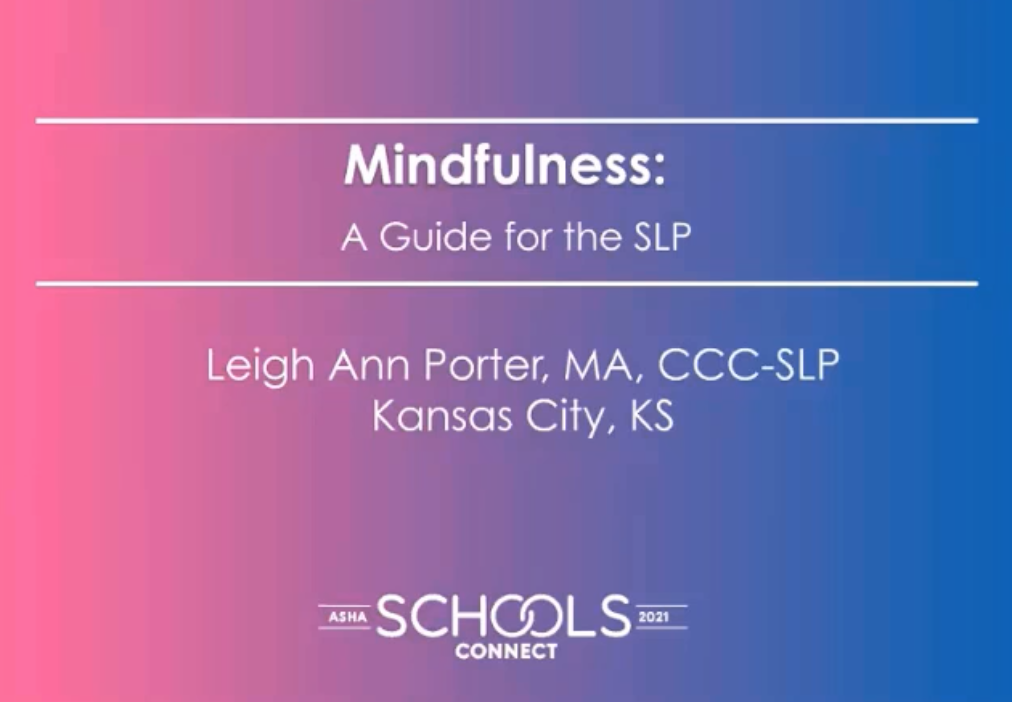EAT-10
The Eating Assessment Tool is a self-administered, symptom-specific outcome instrument for dysphagia. It consists of ten statements that a patient rates on a scale of 0-4, with 0=no problem to 4=severe problem.
I use the EAT-10 with patients referred with dysphagia for outpatient speech therapy services. The EAT-10 is my PROM = patient reported outcome measure for this population. Some features I appreciate about the EAT-10 is that it is very short (one page!), easy for patients to understand and complete, and fast for me to score, interpret, and report. This measure was created with the fast-paced nature of the clinical setting in mind.
Fast Facts:
A score of 3 or more is abnormal.
Subjective dysphagia symptoms can predict aspiration risk: a score of 15 or more indicates the patient is 2.2 times more likely to aspirate (Cheney et al, 2015).
The EAT-10 has been translated to: Japanese, Spanish, Anatolian Turkish, Italian, Chinese, Portuguese, and more.
The mean (+/- SD) EAT-10 score of the normal cohort was 0.40 +/- 1.01.
The mean EAT-10 scores:
23.58 +/- 13.18 for patients with esophageal dysphagia
23.10 +/- 12.22 for those with oropharyngeal dysphagia
22.42 +/- 14.06 for those with head and neck cancer
9.19 +/- 12.60 for those with voice disorders
11.71 +/- 9.61 for those with reflux
The patients with oropharyngeal and esophageal dysphagia and a history of head and neck cancer had a significantly higher EAT-10 score than did those with reflux or voice disorders (p <0.001).
The mean EAT-10 score of the patients with dysphagia improved from 19.87 +/- 10.5 to 5.2 +/- 7.4 after treatment (p <0.001).
“I find the EAT-10 to be a relevant part of the assessment process as it gives the patient an opportunity to voice the impact of dysphagia on their life. ”
How I use the Eat-10 in my practice
The Eat-10 is provided to the patient during the initial evaluation. This may take 3 minutes for the patient to complete the 10-item measure. The patient is asked to read and score each statement. Once they finish, I’m able to score it quickly and use this information to inform the plan for therapy.
The Eat-10 is re-administered at the progress report session or at the final session. Ideally, the scores have improved from baseline and we can review how the interventions have improved the patient’s swallowing concerns.
I evaluated an outpatient who had a VFSS completed within the previous 20 days. The VFSS revealed aspiration. The patient’s EAT-10 score was 16.
Using the Eat-10 highlights the patient’s perception of their abilities at baseline and their perception of change over time due to the intervention of skilled speech and language pathology. This is a very helpful way to demonstrate progress to the patient and for use in documentation.
other dysphagia proms
Another popular PROM for dysphagia is the MDADI - the MD Anderson Dysphagia Inventory. This PROM is focused on the HNC population, so I only use it with that population.
There are quite a few dysphagia PROMs out there! The EAT-10 is one that I use regularly. Check out the resource pictured below that provides a list of the most common dysphagia PROMs
“The EAT-10 has displayed excellent internal consistency, test-retest reproducibility, and criterion-based validity. The instrument may be utilized to document the initial dysphagia severity and monitor the treatment response in persons with a wide array of swallowing disorders.”
Resources
Belafsky PC, Mouadeb DA, Rees CJ, Pryor JC, Postma GN, Allen J, Leonard RJ. Validity and reliability of the Eating Assessment Tool (EAT-10). Ann Otol Rhinol Laryngol. 2008 Dec;117(12):919-24. doi: 10.1177/000348940811701210. PMID: 19140539.
Cheney DM, Siddiqui MT, Litts JK, Kuhn MA, Belafsky PC. The Ability of the 10-Item Eating Assessment Tool (EAT-10) to Predict Aspiration Risk in Persons With Dysphagia. Ann Otol Rhinol Laryngol. 2015 May;124(5):351-4. doi: 10.1177/0003489414558107. Epub 2014 Oct 30. PMID: 25358607.













